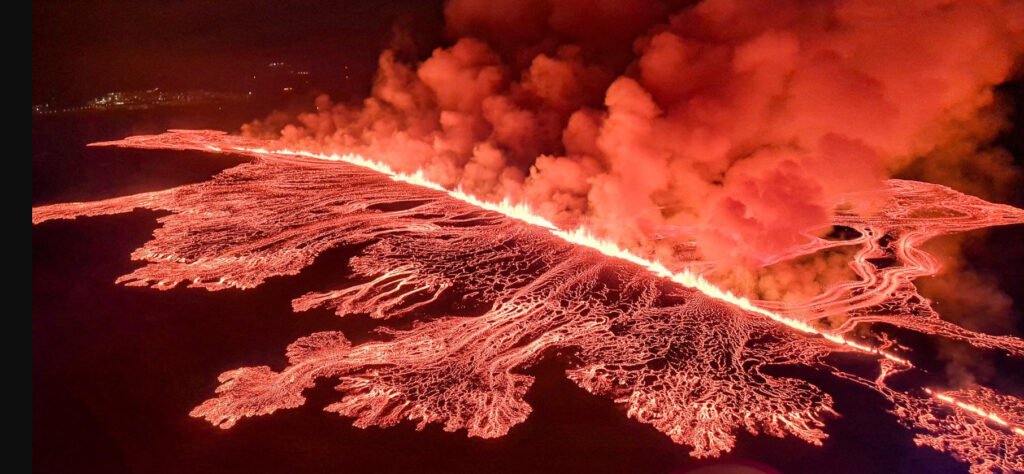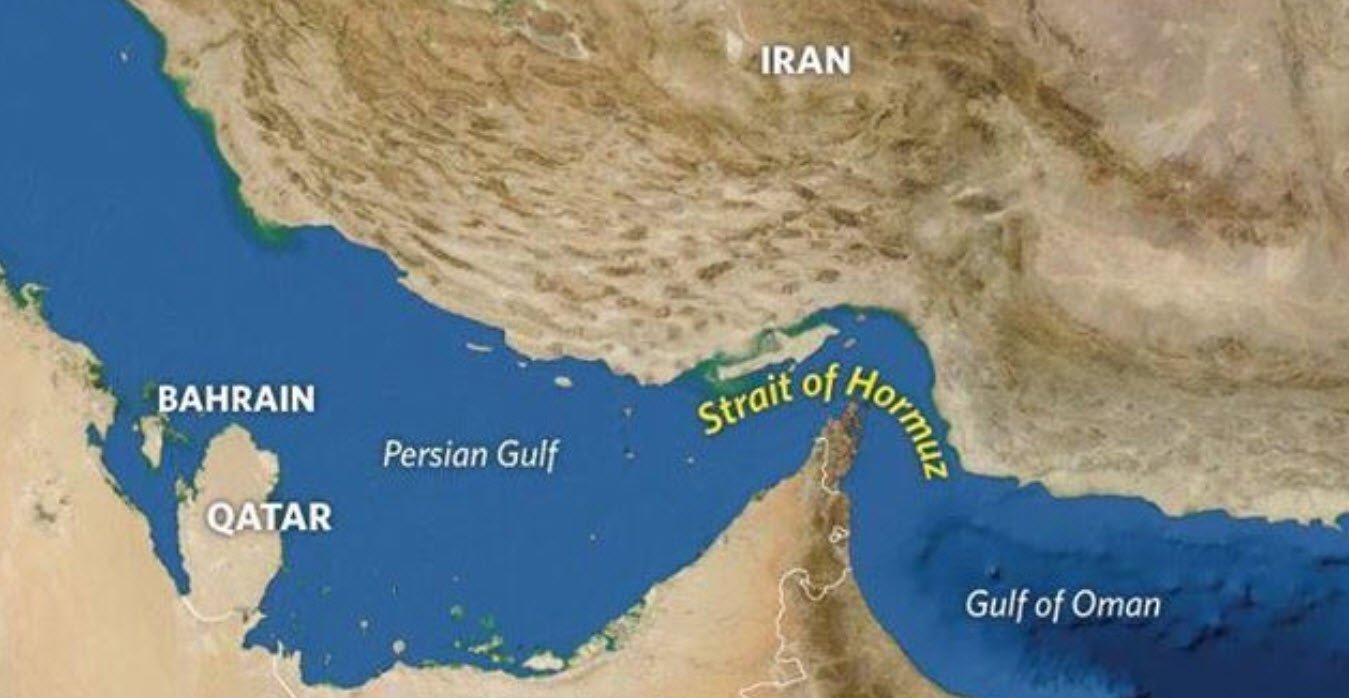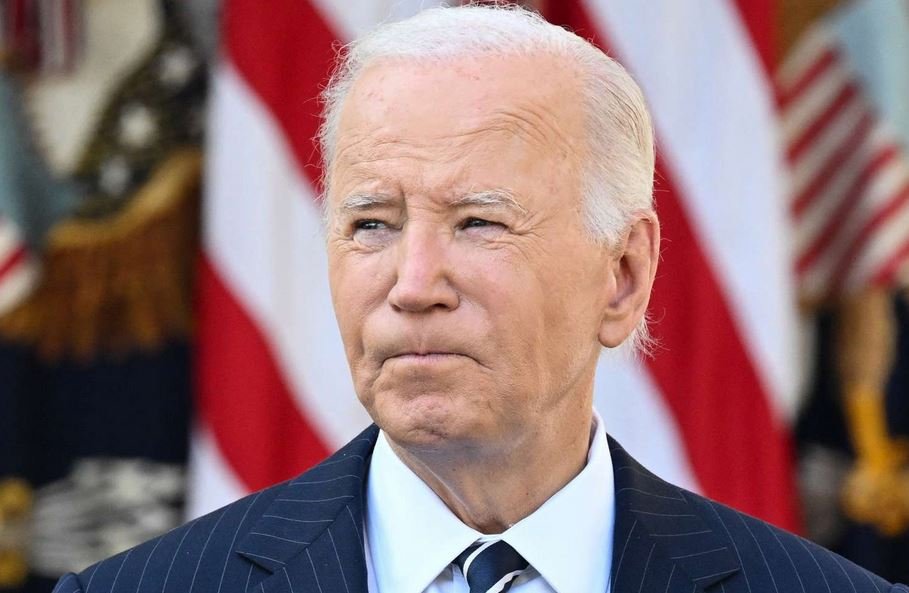
REYKJAVIK, Iceland – The Reykjanes Peninsula in Iceland has been hit by its fourth volcanic eruption since December, leading to a state of emergency being declared on Saturday. The eruption occurred between Stora Skogfell and Hagafell, with the Icelandic Met Office (IMO) confirming the event. Live video footage showed the dramatic scenes of glowing lava and billowing smoke.
The Department of Civil Protection and Emergency Management dispatched a helicopter to pinpoint the exact location of the new fissure. The eruption prompted the police to declare a state of emergency. The IMO reported that the eruption was close to the location of a previous eruption on February 8, with lava flowing south towards the dykes constructed to safeguard the fishing village of Grindavik.
By 2200 GMT, the southern lava front was a mere 200 meters from the barriers on the eastern side of Grindavik, advancing at a rate of approximately one km per hour. The fissure, also spewing lava westward as it had on February 8, was estimated to be 2.9 kilometers (1.8 miles) long.
Iceland erupts for the fourth time in 3 months. Biggest eruption of them all, lava estimated to reach the Atlantic Ocean later today if this continues at current speed. Sharing is caring but if you don’t tag me in reposts the lava God will be mad! pic.twitter.com/vAt77ObiwX
— Bjorn Steinbekk (@BSteinbekk) March 17, 2024
Initial assessments based on web camera imagery and aerial photographs from the helicopter flight suggest that this eruption could be the largest of the three previous fissure eruptions from the Sundhnukur crater row in terms of magma discharge. This assessment was based on the first hour of eruptive activity.
The IMO had issued a statement minutes before the eruption, indicating that seismic activity suggested an increased likelihood of an eruption. The pre-eruptive warning phase was notably short. On Friday, the IMO had warned that magma was accumulating underground in the area, which could result in a new magma intrusion and possibly an eruption with very little warning.
Local media reported that the famed Blue Lagoon geothermal spa and the village of Grindavik had been evacuated. The approximately 4,000 residents of Grindavik had only been allowed to return to their homes on February 19 after being evacuated on November 11, though only around a hundred chose to do so.
The village had previously experienced hundreds of tremors that damaged buildings and caused large cracks in roads. These quakes were followed by a volcanic fissure on December 18 that spared the village. However, a fissure opened right on the town’s edge in January, sending lava flowing into the streets and reducing three homes to ashes. This was followed by a third eruption near the village on February 8.
As of Friday, more than 300 of Grindavik’s inhabitants had submitted requests to sell their house to the state. The eruptions on the Reykjanes peninsula have also raised concerns for the Svartsengi power plant, which supplies electricity and water to around 30,000 people on the Reykjanes peninsula. The plant was evacuated and has been run remotely since the first eruption in the region, with dykes being built for its protection.
Iceland, home to 33 active volcano systems – the highest number in Europe, straddles the Mid-Atlantic Ridge, a crack in the ocean floor separating the Eurasian and North American tectonic plates.
The Reykjanes peninsula had not experienced an eruption for eight centuries until March 2021. Further eruptions occurred in August 2022 and in July and December 2023, leading volcanologists to suggest that this could be the start of a new era of seismic activity in the region.









[…] metropolitan area. Detective Niki Fennoy confirmed in a statement, “At 1:35 a.m., Baltimore City police were notified of a partial bridge collapse, with workers possibly in the water, at the Francis […]